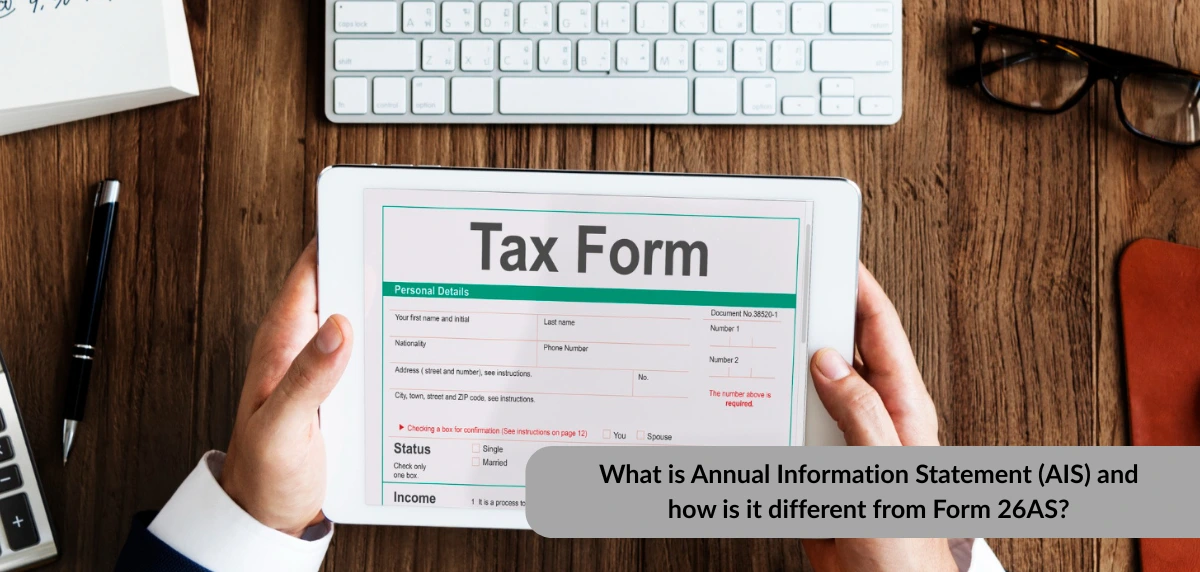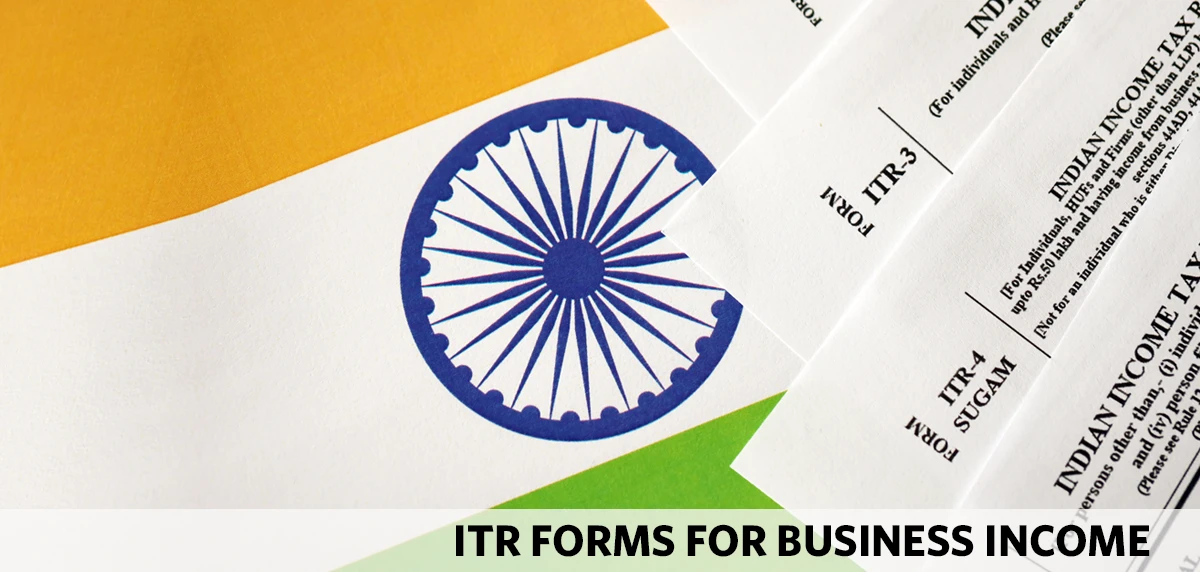When filing your income tax return (ITR), there are two critical documents you will come across: the Annual Information Statement (AIS) and Form 26AS. Each document aims to simplify the income tax return filing process. While both help taxpayers accurately report income, they serve different purposes.
Let’s explore further, starting with knowing what AIS is.
What is the Annual Information Statement?
It is a detailed report introduced by the Income Tax Department. It provides a complete picture of a taxpayer’s financial transactions during a financial year. AIS captures a broad range of your financial data, including:
- Interest income (savings accounts, FDs).
- Dividends from stocks/mutual funds.
- Securities transactions (stocks, bonds).
- Foreign remittances.
- Rent receipts (even if no TDS is deducted).
Earlier, only transactions where tax deducted at source (TDS) was involved, would be reported. However, the AIS records transactions even if no tax was deducted. This means you get a clearer view of all your income sources, whether they are related to any tax concepts or not.
Feedback on AIS
You can give feedback on the information reported in the AIS. You can apply to correct any errors. The department will then reflect on both the original and revised entries in the final statement. Based on these, a downloadable ‘AIS Consolidated Feedback’ file is also available.
Now that you know what the Annual Information Statement is, let’s understand exactly how it can help you in your income tax return filing journey.
How Does the Annual Information Statement Help During ITR Filing?
AIS makes it easier to carry out income tax return filing by:
Tracking all income types
From salary and interest to capital gains and foreign income, AIS records nearly all types of income. This can make it very helpful for taxpayers and advisors.
Preventing omissions
It lists income sources that might often get missed (such as small interest payments).
Avoiding tax notices
When your ITR matches your AIS data, it lowers the chance of receiving notices or scrutiny from the Income Tax Department.
Assisting with tax planning
Along with tools like an income tax calculator, AIS helps plan your taxes better by giving you a full view of your earnings.
Steps to Access and Use AIS
Step 1. Log in to the Income Tax e-filing portal.
Step 2. Browse over to Services > Annual Information Statement.
Step 3. Compare AIS data with bank statements, Demat accounts, and Form 26AS.
Step 4. Report errors via feedback to avoid any mismatches.
Tip: Use an income tax calculator alongside AIS to estimate your tax liabilities accurately.
How Does the AIS Differ from Form 26AS?
Although both AIS and Form 26AS are tax concepts that aim to help you file your taxes correctly, they are not the same.
Here is how they differ:
Feature
|
AIS
|
Form 26AS
|
Coverage
| Includes all income types: interest, dividends, securities, foreign remittance, etc.
| Focuses on TDS, TCS, and advance/self-assessment tax
|
Tax Information
| May or may not show TDS/TCS; more about income overview
| Only shows tax deducted or collected, along with tax credits
|
Feedback Option
| Yes, you can raise concerns or errors and track responses
| No feedback option available
|
Format
| Option to download in PDF / JSON format
| Available as a downloadable form
|
Detail of Transaction Level
| Shows detailed financial transactions
| Summary of tax deducted and paid
|
In essence, AIS is your detailed financial summary, while Form 26AS is your tax summary. They complement each other.
Another difference lies in handling errors. If you find mistakes in AIS, you can provide feedback and request corrections. If there is an error in Form 26AS, you must contact the issuer (such as your employer or bank) involved with the tax deducted at source, to file a revised TDS return.
Even though the information should match in both forms, sometimes you may find duplication or mismatches. In such cases, refer to Form 26AS for income tax return filing, as the Income Tax Department gives it preference for tax credit purposes.
As a taxpayer, it is helpful to know what AIS is and how it differs from Form 26AS for smooth and accurate ITR filing. Use both wisely and stay informed about key tax concepts to avoid future issues.





















